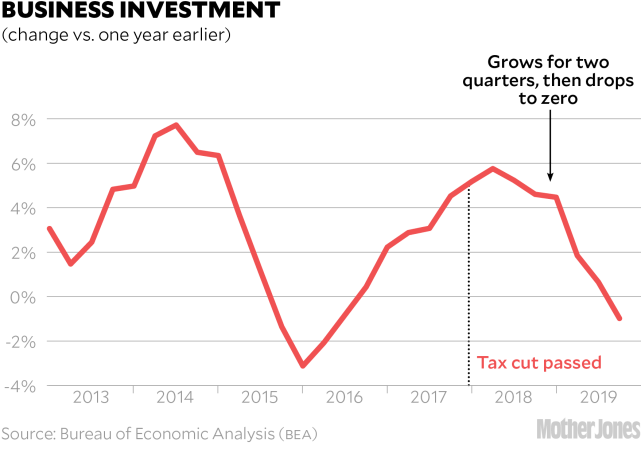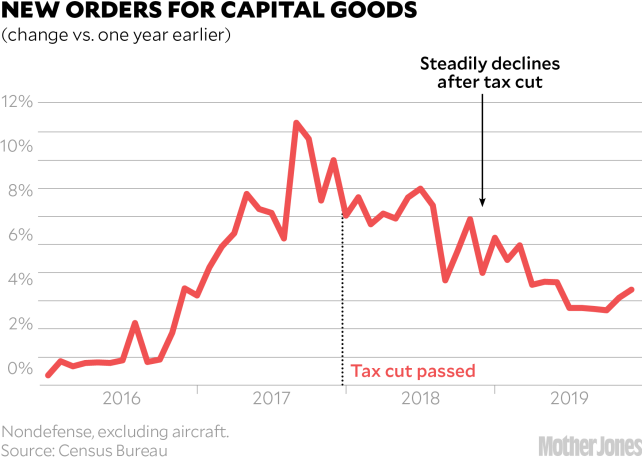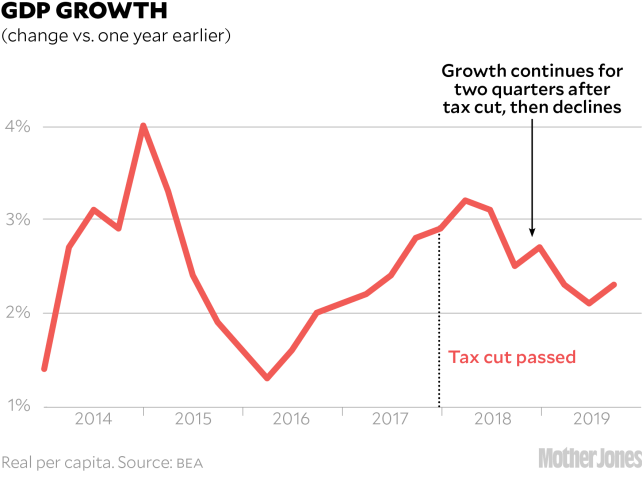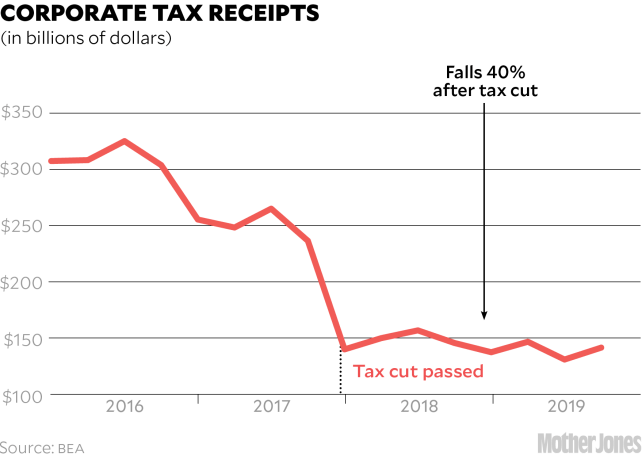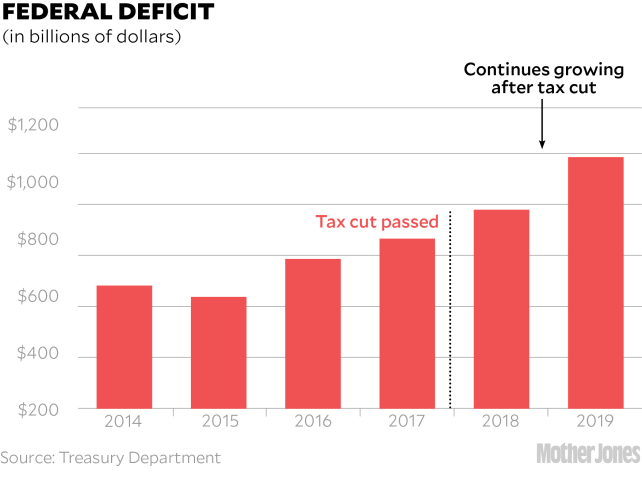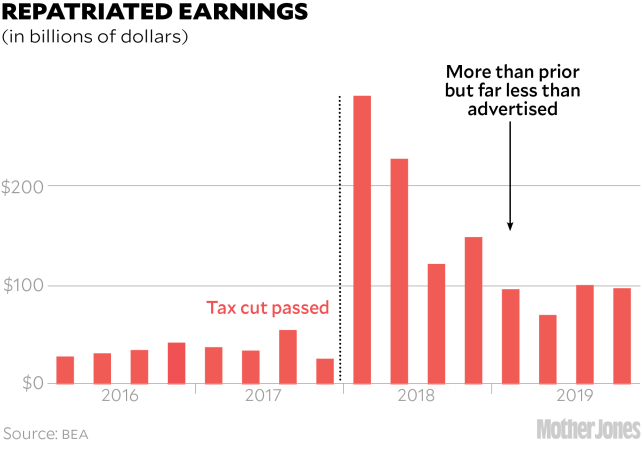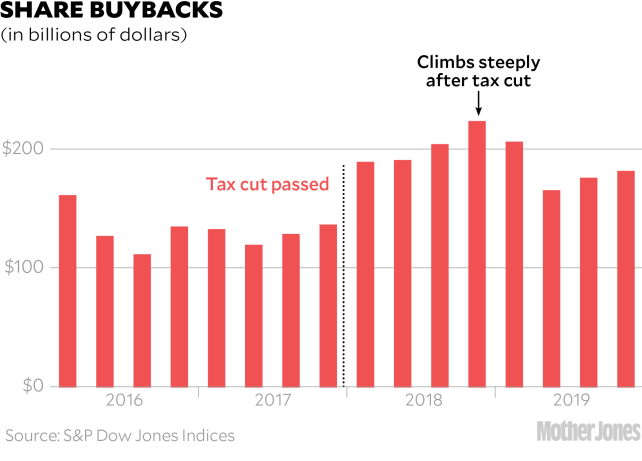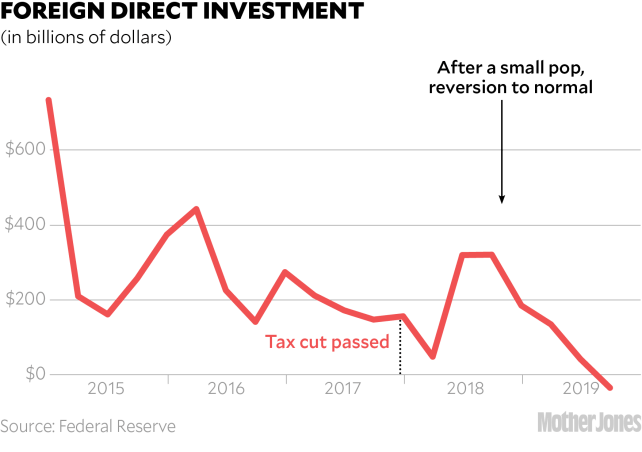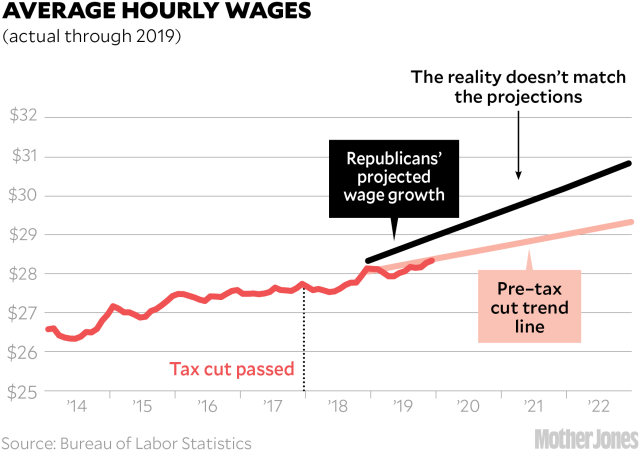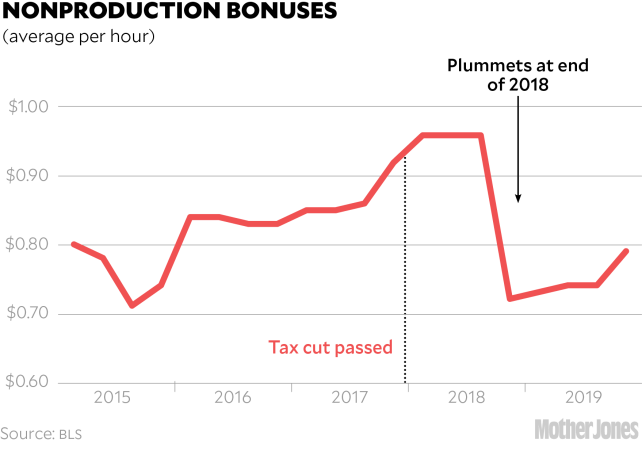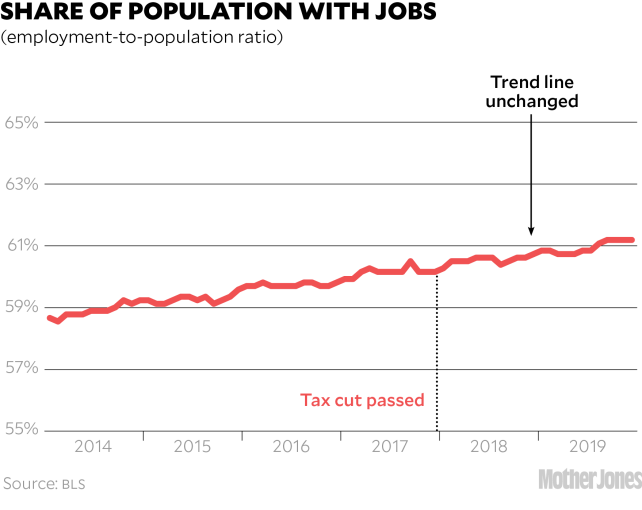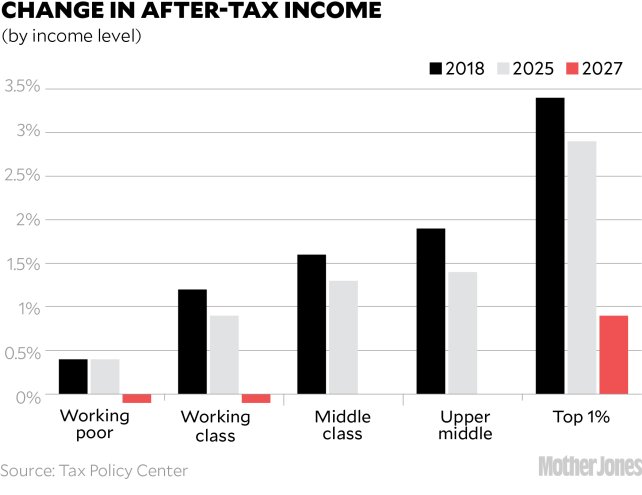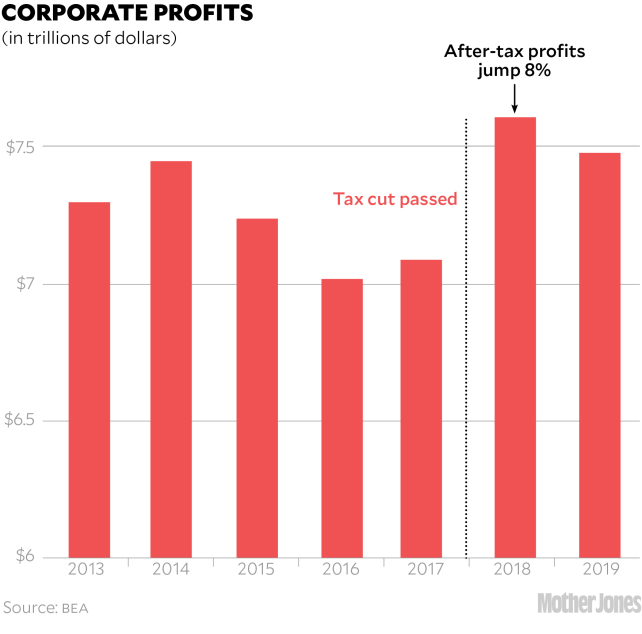Joseph Zeballos-Roig
MANDEL NGAN/AFP/Getty
President Donald Trump moved on Saturday to enact a payroll-tax cut on his own, circumventing Congress.
The idea gained traction in the White House after two conservative economists called on the president to use executive authority to suspend that tax collection and add money to workers' paychecks.
But experts say employers are likely to hoard the cash, since the president only has the authority to defer tax collection — not to forgive it.
"Knowing that, employers would be taking an enormous risk if they don't withhold the tax they're legally liable for," tax expert Seth Hanlon told Business Insider.
President Donald Trump signed an executive action on Saturday to enact a payroll tax cut, a step he's sought to take throughout the pandemic in an effort to juice people's paychecks.
The text of the memorandum says that people earning under $4,000 every two weeks — or $100,000 annually — won't have to pay the tax out of their paychecks from September 1 to December 31.
It could set the stage for a clash with lawmakers from both parties, given Congress dismissed the measure in past stimulus proposals. And many economists say it would not be effective in helping millions of unemployed people.
But the move is unlikely to deliver more cash into worker's pockets. The memo simply defers payment of the taxes to next year, and only congressional legislation can toss out any legal liabilities.
With stimulus negotiations at a standstill, the idea gained traction in the White House after a pair of conservative economists, Stephen Moore and Phil Kerpen, called on Trump in a Wall Street Journal op-ed last weekend to "declare a national economic emergency." They said he should order the IRS to stop collecting payroll taxes from employees' paychecks.
"Voters would instantly see the 7.5% boost to their paychecks," they wrote.
Read more: MORGAN STANLEY: The government's recession response has the stock market heading for a massive upheaval. Here's your best strategy to capitalize on the shift.
How the payroll tax usually works
The federal government imposes a 15.3% levy on wages known as the payroll tax. It's evenly divided between employers and workers, and most of it goes to fund Social Security. It also helps to finance Medicare.
Experts say it's not as straightforward as the conservative economists laid out. The tax code allows the Treasury Department to postpone tax deadlines for up to a year only during a national disaster, Daniel Hemel, a tax-law professor at the University of Chicago, wrote on Twitter.
"There's no deadline that can be delayed in order to achieve" the paycheck boost that Moore and Kerpen outlined, Hemel said.
That's because of the executive branch's jurisdiction over taxes. While Trump has the authority to order the IRS to stop collecting those taxes from people's paychecks, the president can't wipe away tax bills on his own; it requires Congress to step in.
So even with an executive order suspending payroll taxes, companies are still required to make those payments in the future — unless Congress passes legislation letting employers off the hook.
Experts think companies will just hoard the cash instead of turning it over to workers
Seth Hanlon, a tax expert at the left-leaning Center for American Progress, told Business Insider it's unlikely that employers would turn that cash over to workers, because of a fear of footing the bill when it's due.
"Ultimately, if they don't withhold, they're liable for the employees' share of the tax," Hanlon said. "Knowing that, employers would be taking an enormous risk if they don't withhold the tax they're legally liable for."
An executive action, economists say, could amplify the shortfalls of a payroll-tax cut in combating the pandemic-induced recession.
"The EO would take the negative aspects of a payroll tax cut & exacerbate them: businesses would be unlikely to increase hiring or investment, workers wouldn't see greater take-home pay & the unemployed would still not see a cent," Samantha Jacoby, a senior tax legal analyst at the Center on Budget and Policy Priorities, wrote on Twitter.
Republican lawmakers don't appear to be as enthusiastic as Trump about a payroll-tax cut through executive action. They left it out of their $1 trillion stimulus plan and included another round of stimulus checks instead.
"The point is, what does the law allow?" Sen. Chuck Grassley, the chair of the Senate Finance Committee, said on Monday. "The only tax policy that is really any good is long-term tax policy."
Seth Hanlon, a tax expert at the left-leaning Center for American Progress, told Business Insider it's unlikely that employers would turn that cash over to workers, because of a fear of footing the bill when it's due.
"Ultimately, if they don't withhold, they're liable for the employees' share of the tax," Hanlon said. "Knowing that, employers would be taking an enormous risk if they don't withhold the tax they're legally liable for."
An executive action, economists say, could amplify the shortfalls of a payroll-tax cut in combating the pandemic-induced recession.
"The EO would take the negative aspects of a payroll tax cut & exacerbate them: businesses would be unlikely to increase hiring or investment, workers wouldn't see greater take-home pay & the unemployed would still not see a cent," Samantha Jacoby, a senior tax legal analyst at the Center on Budget and Policy Priorities, wrote on Twitter.
Republican lawmakers don't appear to be as enthusiastic as Trump about a payroll-tax cut through executive action. They left it out of their $1 trillion stimulus plan and included another round of stimulus checks instead.
"The point is, what does the law allow?" Sen. Chuck Grassley, the chair of the Senate Finance Committee, said on Monday. "The only tax policy that is really any good is long-term tax policy."
TRUMP'S MAR A LAGO TAX CUTS
ONE FOR DRINKS, FOOD AND ENTERTAINMENT
Apr 1, 2020 - President Trump on Wednesday called on Congress to approve a tax deductibility for ... Trump calls on Congress to restore tax deductions for business meals, entertainment ... Donald J. Trump (@realDonaldTrump) April 1, 2020 ... Trump disclosure shows 2019 revenue at Mar-a-Lago, other major clubs.
Jul 27, 2020 - ... year, up from 50 percent under current law, if the food and beverages are from restaurants. ... Trump pushed to increase deductions for business meals earlier this year ... for meals and entertainment would be "the latest example of a tax ... The business-meals provision is one of several tax-related parts of ...
Jul 17, 2020 - But one Donald Trump idea apparently came from a celebrity chef whose ... meals (including drinks!) and entertainment, and then, under the tax bill that ... the overall cost of the much larger business tax cuts in the 2017 bill.
Trump pledged to permanently scrap the payroll taxes used to fund Social Security and Medicare if he wins re-election
US President Donald Trump speaks during a news conference in Bedminster, New Jersey, on August 7, 2020. JIM WATSON / AFP
President Donald Trump vowed on Saturday to scrap the payroll tax, a funding mechanism for Social Security and Medicare, if he wins re-election.
President Donald Trump vowed on Saturday to scrap the payroll tax, a funding mechanism for Social Security and Medicare, if he wins re-election.
"If I'm victorious on November 3rd, I plan to forgive these taxes and make permanent cuts to the payroll tax," Trump said at a press conference announcing executive actions on coronavirus relief.
Experts say the move to cut payroll taxes would further erode the shaky finances of both programs.
President Donald Trump pledged on Saturday to scrap the payroll tax, a key mechanism that's used to fund Social Security and Medicare.
"If I'm victorious on November 3rd, I plan to forgive these taxes and make permanent cuts to the payroll tax," Trump said at a press conference. "I'm going to make them all permanent."
He later said: "In other words, I'll extend it beyond the end of the year and terminate the tax. So we'll see what happens."
The payroll tax funds Medicare and Social Security
The federal government imposes a 15.3% levy on wages known as the payroll tax. It's evenly divided between employers and workers, and most of it goes to fund Social Security. It also helps to finance Medicare, the federal health insurance program for people over the age of 65 and for younger Americans with disabilities.
In an April 2020 Gallup poll, 58% of retirees said they relied on Social Security for a "major source" of their income.
Trump's unexpected comments on Saturday came as he signed an array of executive actions aimed at providing relief to Americans during the pandemic. Among them was a payroll tax cut, which he is waiving from September through the end of the year for workers earning below $100,000 a year.
But it doesn't forgive workers' payments outright since the power to eliminate taxes or change the tax code rests with Congress. As workers and employers are still legally on the hook to make those payments next year, experts say it's unlikely that people will see a bump in their wages anytime soon.
Plus, lawmakers from both parties roundly rejected including a payroll tax cut in their stimulus proposals. Many economists say it would not benefit the 31 million unemployed Americans, either.
Congressional action to eliminate the tax entirely is also improbable, and instead set off a fraught debate over the federal programs' fiscal futures.
"If I'm victorious on November 3rd, I plan to forgive these taxes and make permanent cuts to the payroll tax," Trump said at a press conference. "I'm going to make them all permanent."
He later said: "In other words, I'll extend it beyond the end of the year and terminate the tax. So we'll see what happens."
The payroll tax funds Medicare and Social Security
The federal government imposes a 15.3% levy on wages known as the payroll tax. It's evenly divided between employers and workers, and most of it goes to fund Social Security. It also helps to finance Medicare, the federal health insurance program for people over the age of 65 and for younger Americans with disabilities.
In an April 2020 Gallup poll, 58% of retirees said they relied on Social Security for a "major source" of their income.
Trump's unexpected comments on Saturday came as he signed an array of executive actions aimed at providing relief to Americans during the pandemic. Among them was a payroll tax cut, which he is waiving from September through the end of the year for workers earning below $100,000 a year.
But it doesn't forgive workers' payments outright since the power to eliminate taxes or change the tax code rests with Congress. As workers and employers are still legally on the hook to make those payments next year, experts say it's unlikely that people will see a bump in their wages anytime soon.
Plus, lawmakers from both parties roundly rejected including a payroll tax cut in their stimulus proposals. Many economists say it would not benefit the 31 million unemployed Americans, either.
Congressional action to eliminate the tax entirely is also improbable, and instead set off a fraught debate over the federal programs' fiscal futures.
Medicare and Social Security's finances are already shakyEconomists from the left-leaning Center for American Progress warned on Thursday that Trump's push to enact a payroll tax cut could further erode their shaky finances.
"Trump's scheme would weaken the Social Security and Medicare trust funds by diverting the revenue from the employee portion of Social Security and Medicare taxes, and potentially the employer's share of Medicare taxes, from the programs' trust funds," a memo from the organization said.
The trust funds for both programs are scheduled to be depleted in this decade. The Bipartisan Policy Center projects that if economic damage was similar to the Great Recession a decade ago, the Social Security trust funds could be depleted in 2029. That could prompt a 31% cut in retirement benefits, the organization said.
The Medicare trust fund is in worse shape. Its trustees said the program would run out of money in 2026 — also without accounting for the pandemic.
Trump implementing a payroll tax cut through executive order would blow a hole in Social Security and Medicare's finances, economists warn
Economists are warning that if Trump enacts a payroll tax cut, it would weaken the shaky finances of the Social Security and Medicare trust funds.
It's unclear whether the president would attempt to replace the funding as Congress did when it deferred employers' Social Security tax payments earlier this year.
"It's like borrowing money from the Social Security and Medicare trust funds to give to employers just to hold," said Seth Hanlon, a tax expert.
A group of economists at a think tank are warning that if President Donald Trump moves forward with a payroll tax cut through an executive order, the step would weaken the funding mechanisms for Social Security and Medicare.
Over the past week, the president has threatened to circumvent Congress and sign an executive order to enact a payroll tax cut. The tax refers to the 15.3% levy on wages imposed by the federal government, and evenly divided between employers and workers. Most of it funds Social Security, but it also helps finance Medicare.
But experts say the step would further erode the shaky finances of both safety-net programs by yanking a critical source of funding.
"Trump's scheme would weaken the Social Security and Medicare trust funds by diverting the revenue from the employee portion of Social Security and Medicare taxes, and potentially the employer's share of Medicare taxes, from the programs' trust funds," the memo from the Center for American Progress said.
Earlier this year, Congress deferred the employer-portion of the Social Security tax (6.2%) through 2022 under the CARES Act. But they replaced the lost money with an infusion of general Treasury funds.
Trump, the memo said, lacks the authority to appropriate funds, which is Congress's purview.
Many economists say that implementing a payroll tax cut through an executive order wouldn't lead to a bump in wages for most workers, since the executive branch can only defer tax payments up to a year and not forgive them. Wiping out the payment requires Congress to act.
Legally, employers remain on the hook for any delayed payment. Firms would likely keep the money since they fear being saddled with a hefty tax bill if Congress didn't move to forgive it.
"It's like borrowing money from the Social Security and Medicare trust funds to give to employers just to hold," Seth Hanlon, a tax expert and senior fellow at the left-leaning Center for American Progress, told Business Insider. "They're just gonna hold the withheld taxes because they'd have to pay it eventually."
The massive wave of layoffs due to the pandemic has weakened the programs' finances by slashing the amount of payroll tax revenue streaming into their trust funds. Around 13 million fewer people are employed in July compared to February.
The Bipartisan Policy Center projects that if the economic damage is similar to that of the Great Recession a decade ago, the Social Security trust funds could be depleted in 2029. That could prompt a 31% cut in retirement benefits, the organization said.
Before the pandemic, that program's trustees estimated the program's funding would lapse in 2035 without taking the coronavirus outbreak into account.
The Medicare trust fund is in worse shape. Its trustees said the program would run out of money in 2026 — also without accounting for the pandemic.
"It's like borrowing money from the Social Security and Medicare trust funds to give to employers just to hold," Seth Hanlon, a tax expert and senior fellow at the left-leaning Center for American Progress, told Business Insider. "They're just gonna hold the withheld taxes because they'd have to pay it eventually."
The massive wave of layoffs due to the pandemic has weakened the programs' finances by slashing the amount of payroll tax revenue streaming into their trust funds. Around 13 million fewer people are employed in July compared to February.
The Bipartisan Policy Center projects that if the economic damage is similar to that of the Great Recession a decade ago, the Social Security trust funds could be depleted in 2029. That could prompt a 31% cut in retirement benefits, the organization said.
Before the pandemic, that program's trustees estimated the program's funding would lapse in 2035 without taking the coronavirus outbreak into account.
The Medicare trust fund is in worse shape. Its trustees said the program would run out of money in 2026 — also without accounting for the pandemic.


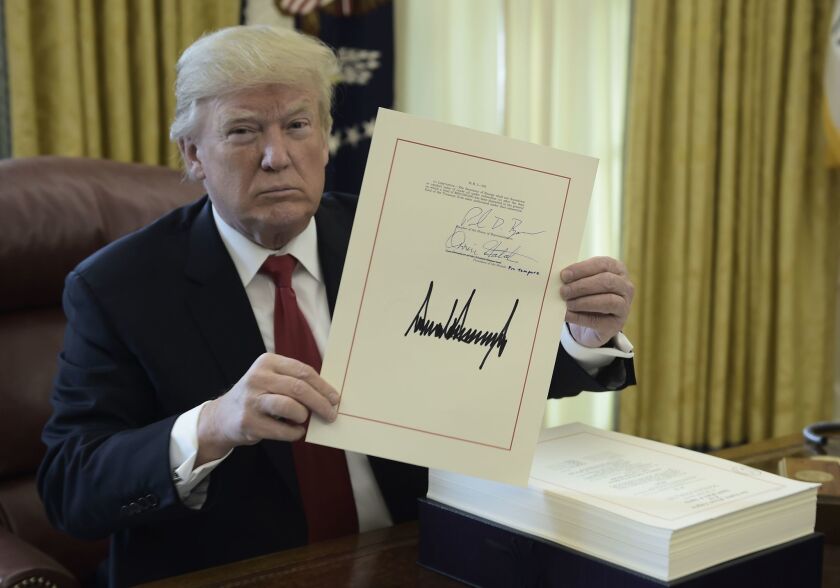


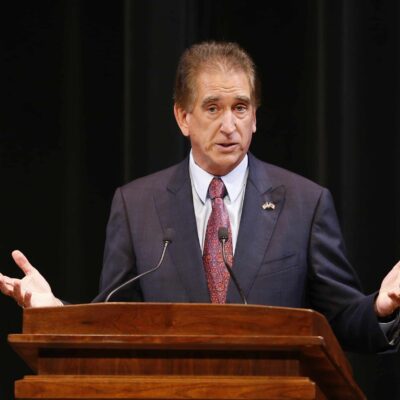





 Democratic presidential candidate Sen. Elizabeth Warren, D-Mass., speaks during a campaign event, Sunday, Jan. 12, 2020, in Marshalltown, Iowa. (AP Photo/Patrick Semansky)
Democratic presidential candidate Sen. Elizabeth Warren, D-Mass., speaks during a campaign event, Sunday, Jan. 12, 2020, in Marshalltown, Iowa. (AP Photo/Patrick Semansky)

